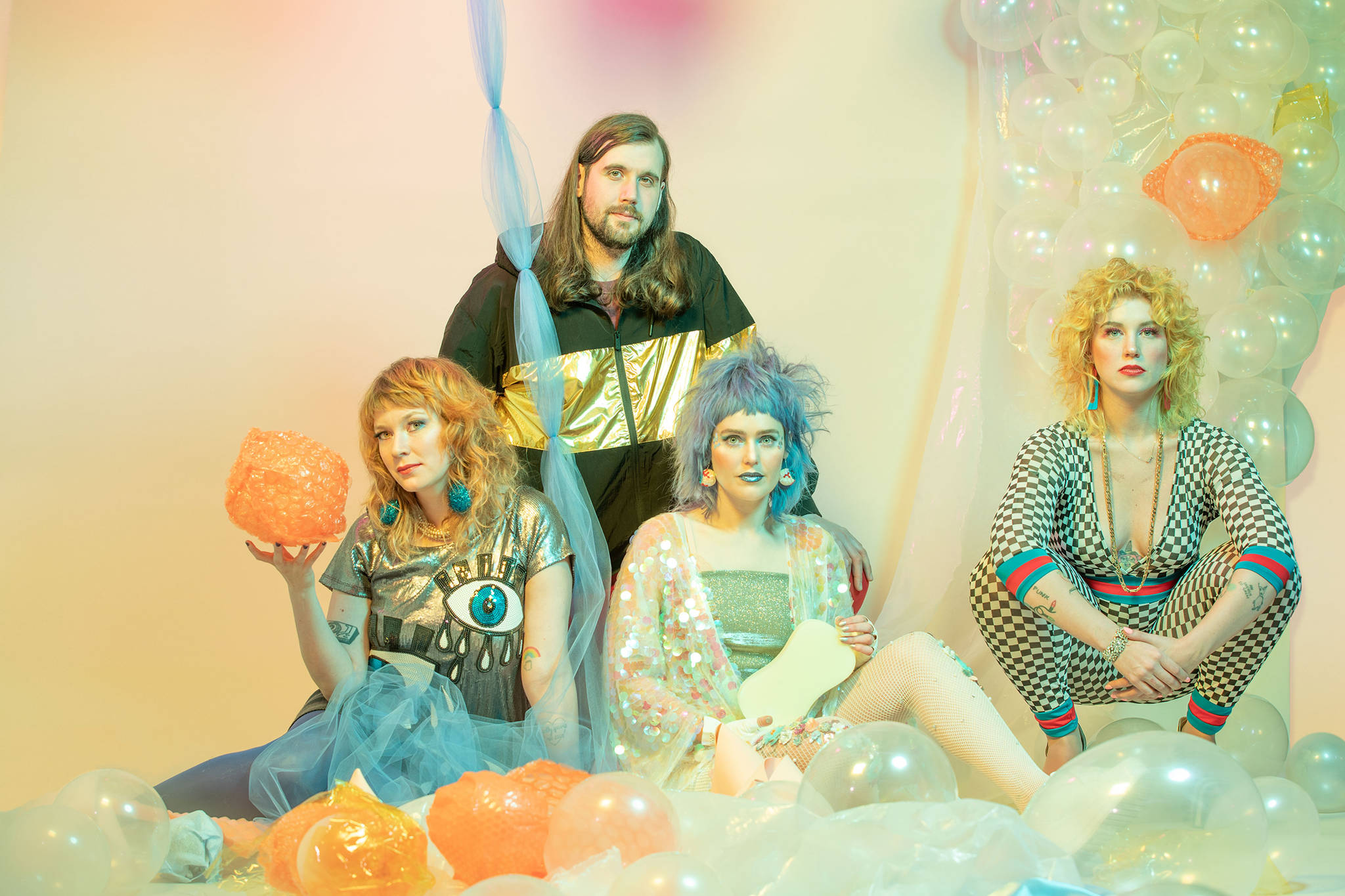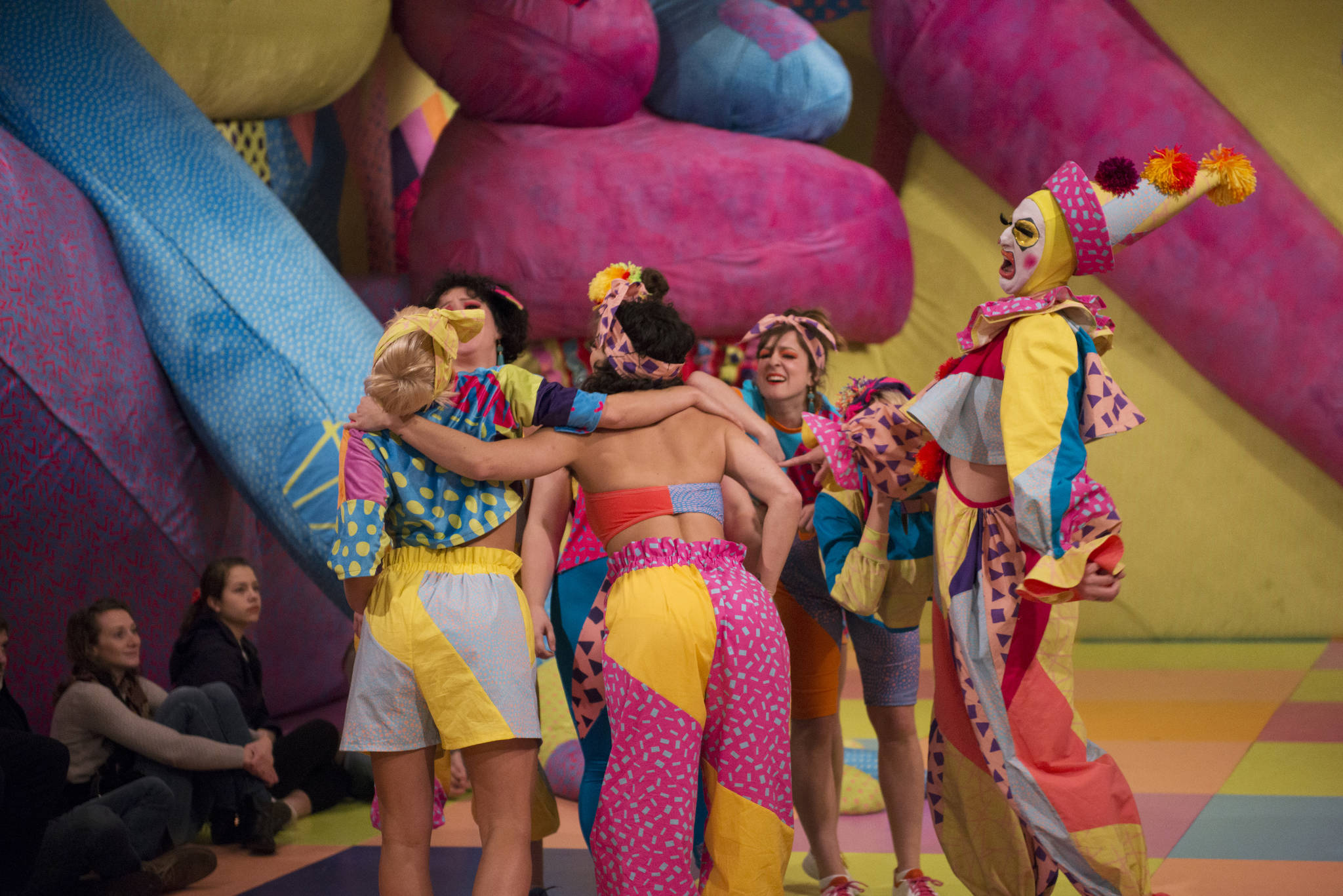Reductionism is a major flaw of Americans’ approach to learning about world history. Outside of a few standout European powers that continually pop up (England, Germany, Russia, etc.), cultures of the past or even entire countries and continents often get boiled down until they can be summed up by a single sentence with no context of what happened before “the big historical moment” and no follow-up on what happened after. From our remedial histories: India was under British rule, then Gandhi had a hunger strike and the country became independent; African history is basically just “that’s where the U.S. got slaves from.”
While it’s less culturally problematic, some ancient white cultures get whitewashed too. For example, Scandinavian history is basically “Vikings raided and pillaged across Europe for a while, and sailed to North America long before many of the explorers who typically get credit for it.” The Vikings Begin at the Nordic Museum seeks to provide context for the rise of Vikings, flesh out their culture, and re-examine potential incorrect assumptions about Norse culture from the 7th–10th century.
The Vikings Begin centers on new discoveries and research conducted at Sweden’s Uppsala University. Gustavianum, the university’s museum, created this traveling exhibit (making its only West Coast stop in Seattle), which features 44 objects—set in a dark gallery where the illumination of artifacts naturally guides you along—that help illustrate points that the cursory passages in history books fail to mention, like the strong oceanic trade culture of pre-Viking Nordic culture and the complex roles of women in society. Because the Scandinavians had an oral culture, the lack of written texts required sophisticated, scientifically based guesswork from the professors at Uppsala.
As the exhibit’s name implies, the story on display begins pre-Vikings. It was a much more cosmopolitan time for the region, which can probably best be summed up as: trades before raids. The Nordic people’s advanced and scalable shipbuilding techniques led them to become European oceanic traders, emphasized here by an array of exquisite little relics including scales, fabric, colorful beads, and glass that could be swapped at port. A video clearly illustrates the trade routes the Norse established, which eventually became raiding routes in the more hostile Viking age (an era which scientists now speculate might have been triggered by volcanic activity, changing the Scandinavian climate for the colder and ruining agriculture and fishing).
The rise of the Vikings’ violence is captured through the detailed weapons in this collection. While things eventually became less ornamental and more practical, the 7th-century helmet, swords, and shields on display showcase the culture’s elite metallurgy skills through intricate, symbolic detail work. There’s also a 2/3 scale recreation of the type of vessel they’d use as boat graves for the warriors.
Speaking of warriors’ graves, a recent discovery of a warrior’s grave for a woman has sparked some re-evaluation of gender roles during that period of Nordic history, and The Vikings Begin briefly touches on the topic. Perhaps the most compelling artifact on display is a bone animal head, of the kind that would top a sorcerer’s staff, that was found in a female grave. Apparently women were seen as the connection to the magical/mythical realm at the center of the culture’s spiritual life.
While The Vikings Begin won’t blow anyone away, a straightforward historical presentation with eye-catching relics is the type of exhibit that should be a focus of the new Nordic Museum. Celebrating a cultural history is fine, but learning more about its lesser-known history is fundamentally more enriching.
The Vikings Begin
Thru April 14 | Nordic Museum | $15 | nordicmuseum.org









